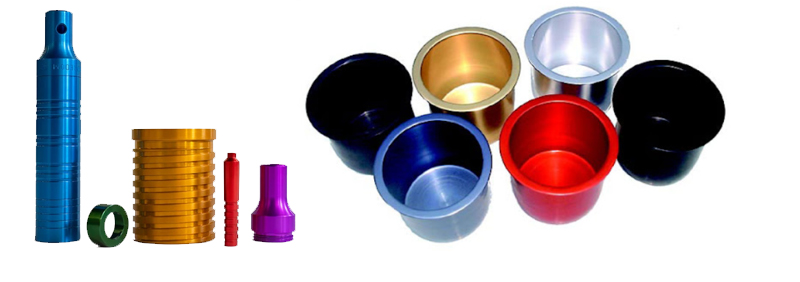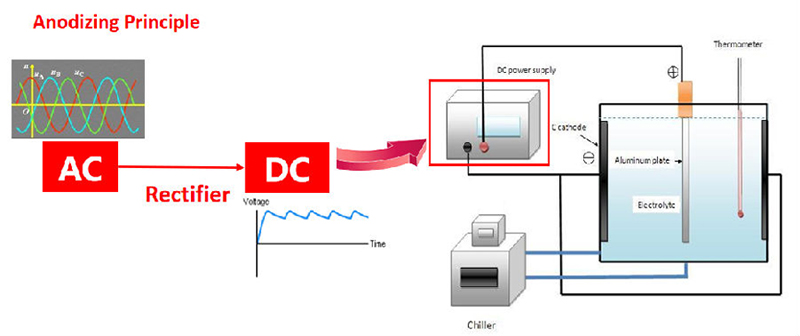Anodizing is how metal gets that extra layer of strength—and sometimes, a better appearance too.
There was this aluminum part I saw once—it looked ordinary, but somehow felt more solid, like it had a bit of extra protection. Later I found out it had been anodized. Not something you’d guess by just looking at it.

The process itself isn’t flashy. No paint, no added layer—at least not in the way people usually think. What’s actually happening is that the surface of the aluminum changes. A chemical bath, electricity, a reaction—basic ingredients, really.
As the current flows, the metal’s outer layer interacts with the solution it’s sitting in, which usually contains some type of acid. Oxygen plays a key role here, combining with the surface to create a kind of shield—an oxide layer, they call it.

It’s not always the same either. Some treatments are more about aesthetics, while others—“hard anodizing,” I think it’s called—are more focused on durability.
Oh, and in terms of setup? The aluminum is wired up as the positive side—the anode. There’s usually a lead plate acting as the negative. It all takes place in a tank, and the whole thing’s controlled pretty closely.




